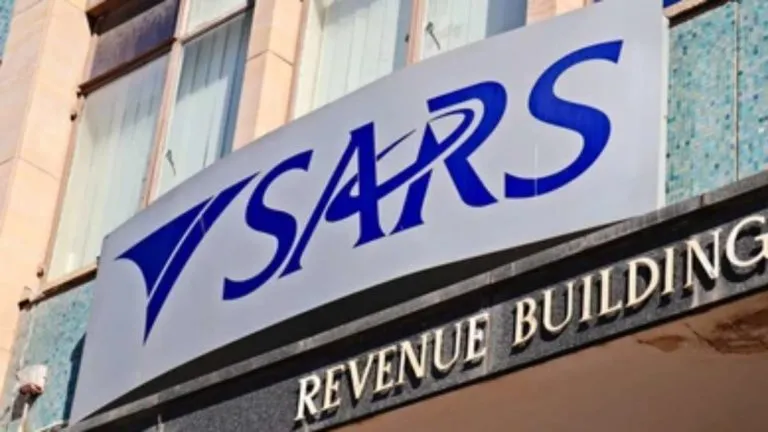
Fork it over: South African taxpayers are getting a raw deal
The National Treasury has disclosed the staggering amount that South African taxpayers contribute each year, and the numbers are truly surprising.

South African taxpayers are forking over more money than ever before to the government, reveals the National Treasury. As part of the 2023/2024 tax statistics from the South African Revenue Service (SARS), our average tax-to-GDP ratio has increased markedly over the years, reports Daily Investor.
Collections from South African taxpayers increased to R1 740 billion in 2023/24. This represents a 10% compounded annual increase from the R114 billion three-decades ago, in 1994. Moreover, at the start of our democracy, South Africa’s population was 44 million, so that’s R2 586 in tax per citizen. Today, the same calculation with 63-million population equals to R12 836 per person. This means that the government is now collecting nearly five-times more in taxes per citizen than it did 30-years ago.
SOUTH AFRICAN TAXPAYERS
SARS collects most of this tax from personal income tax (PIT), value-added tax (VAT) and company income tax (CIT). Before the ANC was voted out of majority control of the country in the May 2024 elections, it introduced adjusted existing tax rates to collect more taxes from people without rates increasing. Otherwise known as ‘bracket creep’. As a result, the rise in taxes is also evident in tax revenue as a percentage of Gross Domestic Product (GDP). Such a tax-to-GDP ratio measures the overall tax burden on the South African taxpayer. Basically, how much you’re forking over versus the country’s output.
A high ratio indicates a country has higher taxes relative to its economic output, while lower shows a lighter tax burden on residents. An average tax-to-GDP ratio globally is 22%. However, it’s not atypical for emerging economies to have a lower-than-average tax burden. The average tax-to-GDP ratio for 36 African countries is 16% (last data used in 2022). While, sadly, South African taxpayers face an above-average 24.5% tax-to-GDP ratio this year. Thus, confirming that South African taxpayers have a higher tax burden than both the global average and African countries.
CHANGES TO VALUE-ADDED TAX
However, things changes are afoot in 2025. Because, Daily Investor reports that adjustments are in the works for value-added tax (VAT). Businesses typically charge 15% extra for their goods and services, even though businesses can also claim back the value-added tax annually. Plus, there are a limited range of goods and services in South Africa that are exempt from VAT.
These include certain basic foods, educational and no-fee financial services. In terms of food, zero-VAT food products include: Brown bread, maize meal/mealies/mealie rice, samp, dried beans, lentils and tinned pilchards. Plus, milk/milk powder/dairy powder, rice, vegetables, fruit, brown wheaten meal, eggs, and edible legumes.
REVENUE LOSS FOR SOCIAL WELFARE
Last year (November 2024), President Ramaphosa said he wanted to expand the list of VAT-exempt items, in an effort to ease financial burden on poor South Africans. However, Deputy Finance Minister David Masondo quickly responded by saying it would make little difference. “Zero-rated VAT products are already well targeted. Further zero rating for certain items will only lead to VAT revenue loss. This money is already being directed into the existing pro-poor government programmes (like SASSA grants),” concluded Masondo.
